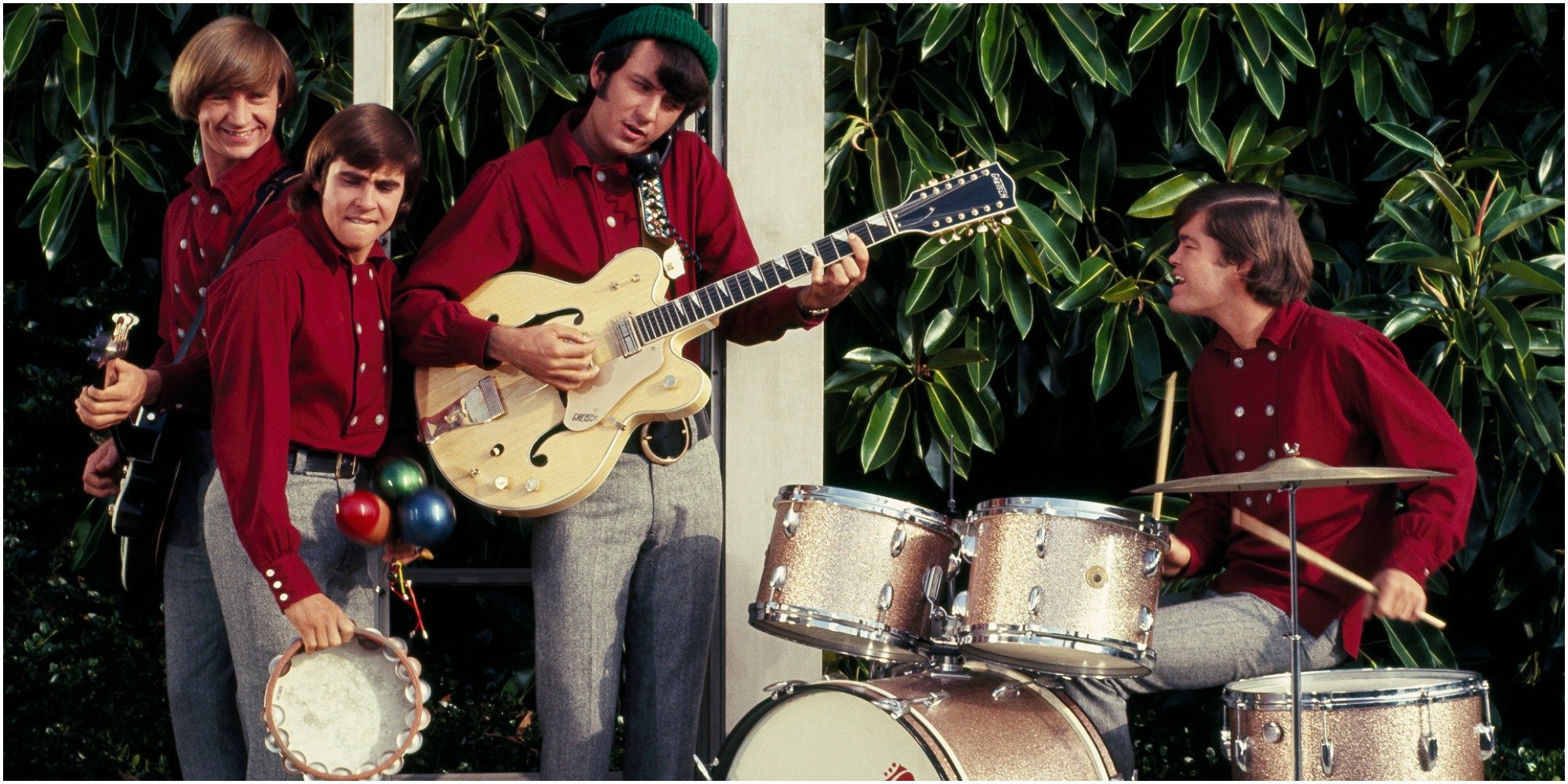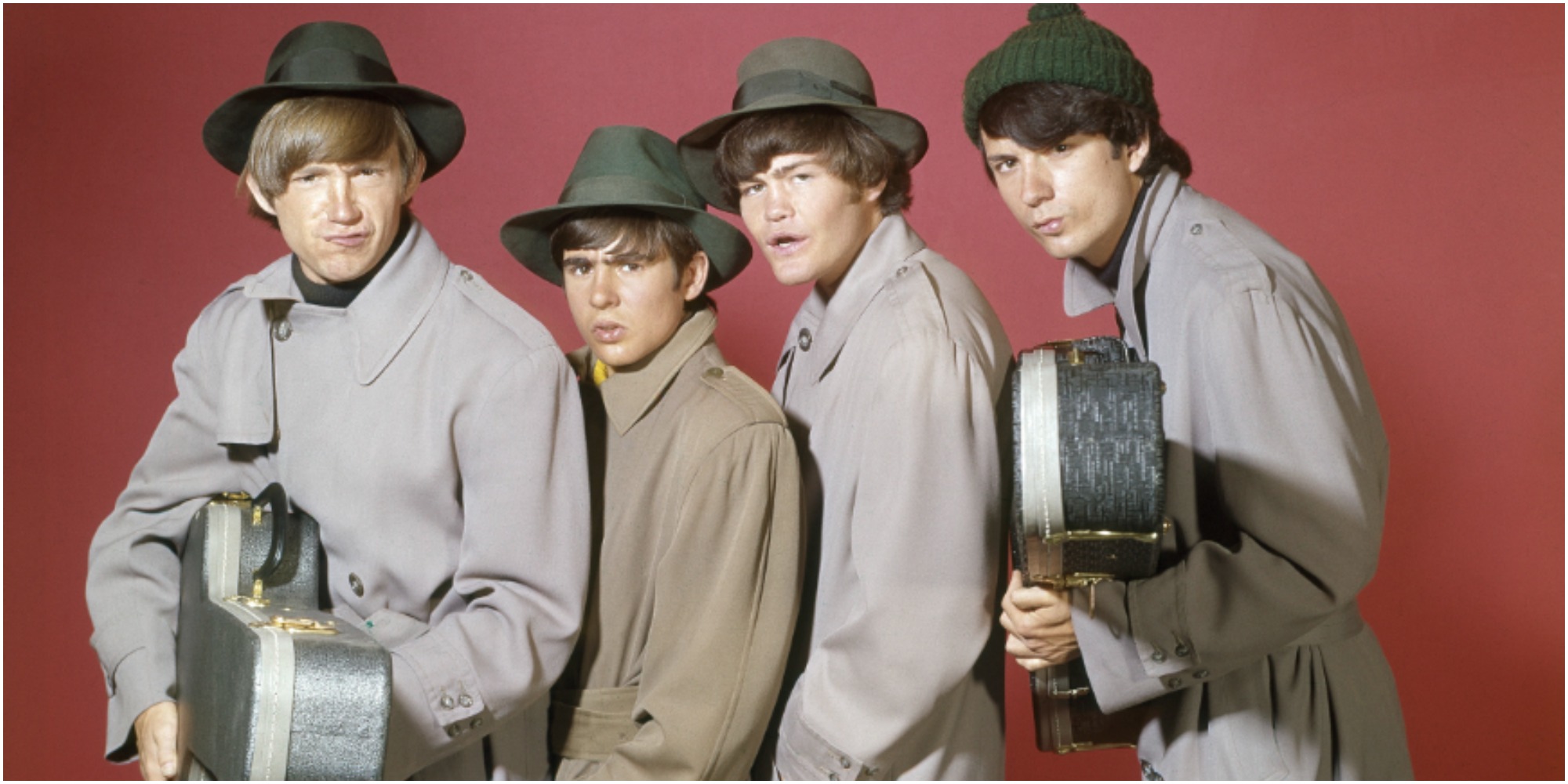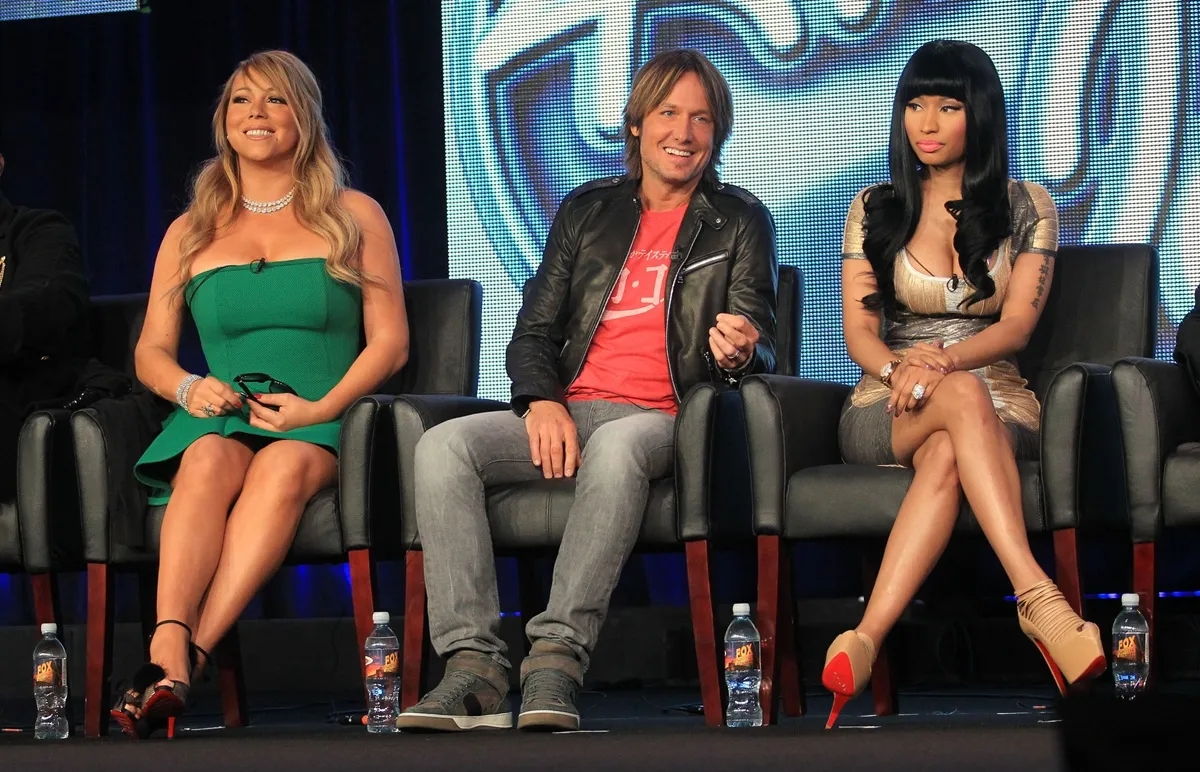The Monkees Fans Celebrate the 55th Anniversary of This Iconic Album: ‘Every Song Is Perfect’
Fans of The Monkees celebrated the 55th anniversary of the band’s iconic album, released in January 1967. More of the Monkees was the album that spurred the band to take on their management team and try and gain control of their recording careers. The album is a testament to just how popular Mike Nesmith, Peter Tork, Micky Dolenz, and Davy Jones were at the time. Some fans said of the release, “every song is perfect.”

Why is ‘More of the Monkees’ such a beloved recording?
The Monkees, the group’s first album, debuted in October 1966. The album featured the band, looking very much like The Beatles on the cover, as they presented themselves to the world as recording artists.
The album had one major hit, the tune “Last Train to Clarksville,” released as a single shortly before the album dropped. The Monkees went straight to the top of the Billboard 100 chart in the fall of 1966.
More Monkees featured songs written by Carole King and Gerry Goffin, Tommy Boyce and Bobby Hart, Neil Diamond, and band member Nesmith.
It held the top spot on the Billboard charts for 18 weeks upon its January 1967 release and pushed the band’s original album to number two.
Some of the unforgettable songs on More of the Monkees include “She,” “Mary, Mary, “Look Out, Here Comes Tomorrow,” “I’m Not Your Stepping Stone,” and “I’m A Believer.”
‘More of the Monkees’ is ‘a perfect album’
Today is the 55th anniversary of MORE OF #THEMONKEES release! This ‘67 record was their second #1 album of four on Billboard’s Top 200 Albums Chart: https://t.co/tNG5E46pU6 #Rock #Icons #Legends pic.twitter.com/xHHzN355HS
— The Monkees (@TheMonkees) January 9, 2022
The Monkees official Twitter account tweeted a statement post regarding the 55th anniversary of More of the Monkees dated Jan. 9.
The account made the following remarks in a caption attached to a photo of the album cover.
“Today is the 55th anniversary of More of the Monkees release! This ‘67 record was their second #1 album of four on Billboard’s Top 200 Albums Chart.”
Fans responded with enthusiasm to the celebratory post.
“This my all-time fav Monkees album. Every song is perfect,” tweeted one follower.
“Bought it when it was first released, still play it, still love it,” penned a second fan.
“I bought this record in the second grade. I played the song “Look Out” at least 500 times that summer. 1967 was a lifetime ago,” claimed a third Twitter user.
“Even the Monkees didn’t know about it…until release day. The album that launched the revolution.” wrote a fourth fan.
Why was this album so controversial in the group’s history?

The songs were a collection of different sessions that producer Don Kirshner picked without the input of the band members.
In his book I’m A Believer: My Life of Monkees, Music, and Madness, Dolenz explained the band did not know about the work Kirsher had done behind-the-scenes regarding More of the Monkees.
Kirshner told the band the album’s tracks had already been recorded in New York. The Monkees had already been playing their music on tour by this time. Therefore they believed they would continue to do so during the recording process for their second album.
Nesmith reacted furiously, said Dolenz in the book. After Kirshner told the guitarist and songwriter that he was bound to a contract, Nesmith famously punched a hole in the wall and threatened Kirshner with the words “that could have been your face.”
“The second album was so angering,” Peter Tork told Andrew Sandoval in the book The Monkees: The Day by Day Story of the 60s Pop Sensations, as reported by Ultimate Classic Rock.
To smooth things over, Kirshner and the series producer Bert Schneider agreed to let the band have 50 percent input on the material from that point on. Therefore, each Monkees recording had to have a song written by a band member on its B-side.
Dolenz pointed out that publishing companies did not distinguish between songwriters on either side of a hit record. Therefore the writer of a B-side gets the same royalty as the writer of the A-side. Nesmith had several of his tunes backing some of The Monkees’ biggest hits, securing himself a large payday in the process.


